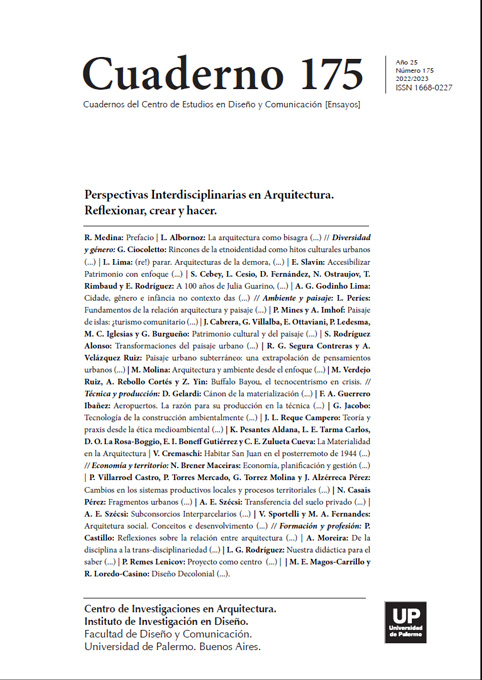Buffalo Bayou, el tecnocentrismo en crisis
Abstract
Nearly two centuries ago, the Buffalo Bayou ran wild through the swampy plains of the Gulf Coast, but since the founding of the city of Houston, it has become its basic supporting infrastructure and engine of economic development.
References
Fletcher, D. (2014). Flood control freakology: Los Angeles river watershed. En C. Reed, y N-M. Lister, (Eds.), Projective Ecologies (pp. 258-275). Actar.
Latour, B. (2004). Politics of nature. Harvard University Press.
Latour, B. (2005). Reassembling the social: An introduction to actor-network-theory. Oxford university press.
Serres, M. (1995). The natural contract. University of Michigan Press. The American Heritage Dictionary. (s.f.) Infrastructure. En The American Heritage Dictionary of the English Language. Recuperado en Noviembre, 18, 2021, de https://www.ahdictionary.com/word/search.html?q=infrastructure
Wolff, J. (2014). Cultural landscapes and dynamic ecologies: Lessons from New Orleans. En C. Reed, y N-M. Lister, (Eds.), Projective Ecologies (pp. 184-203). Actar.
Los autores/as que publiquen en esta revista ceden los derechos de autor y de publicación a "Cuadernos del Centro de Estudios de Diseño y Comunicación", Aceptando el registro de su trabajo bajo una licencia de atribución de Creative Commons, que permite a terceros utilizar lo publicado siempre que de el crédito pertinente a los autores y a esta revista.


